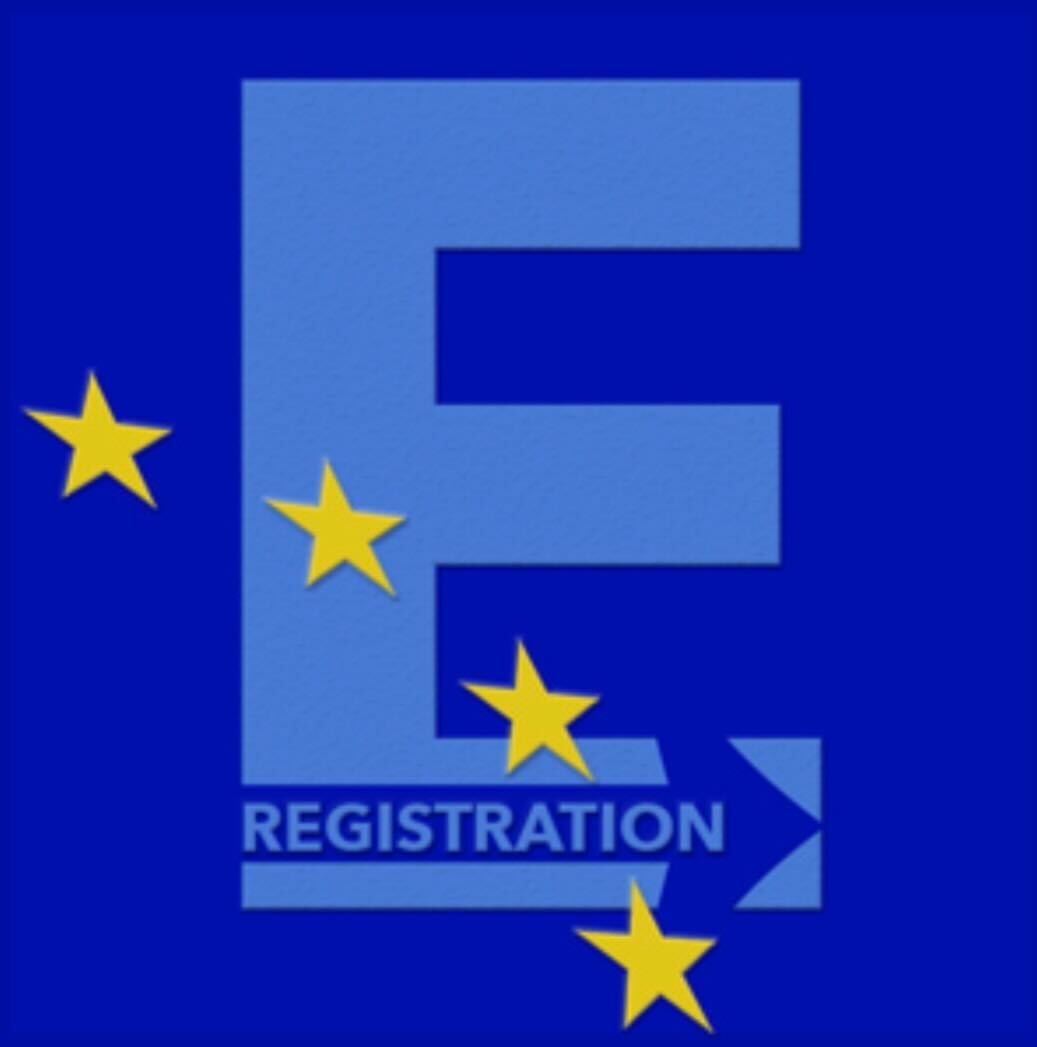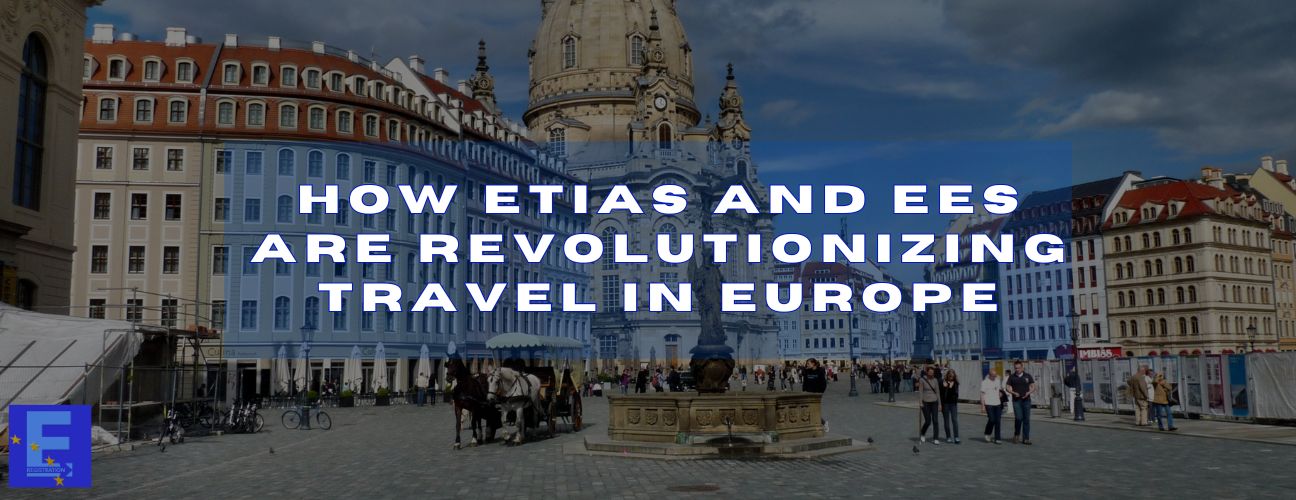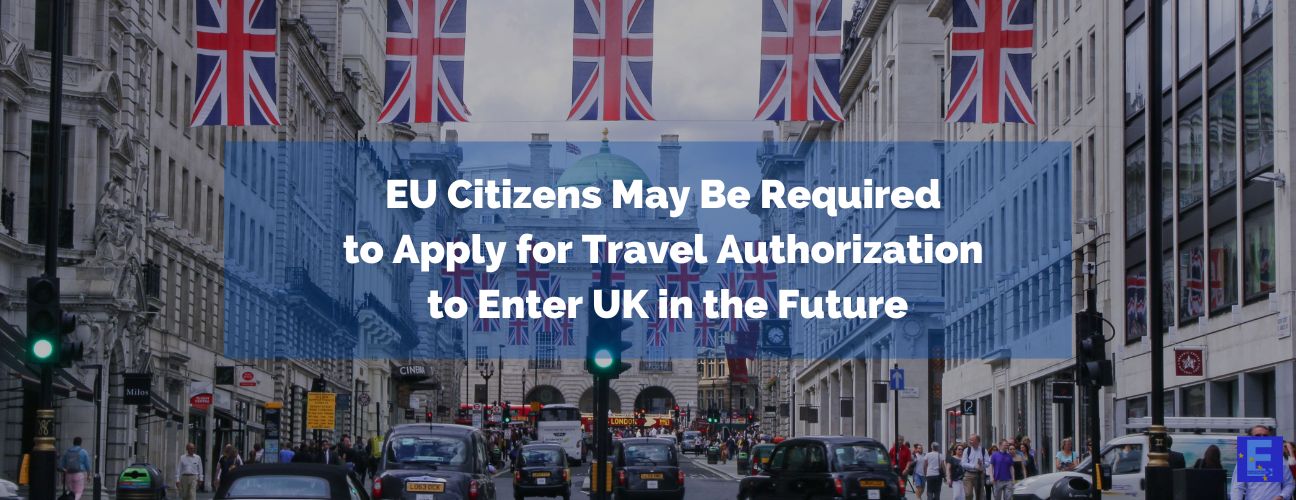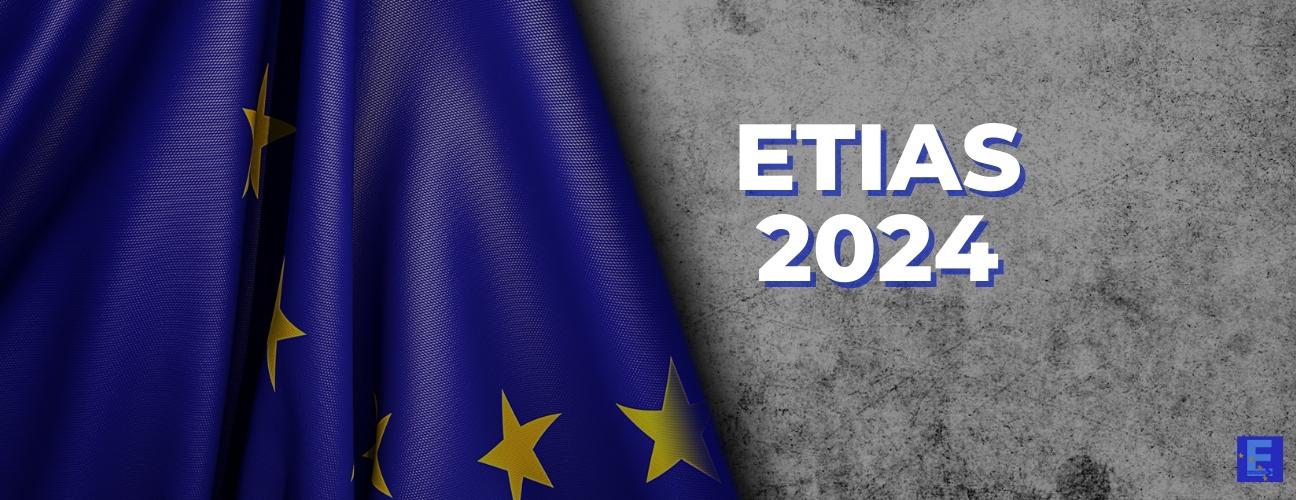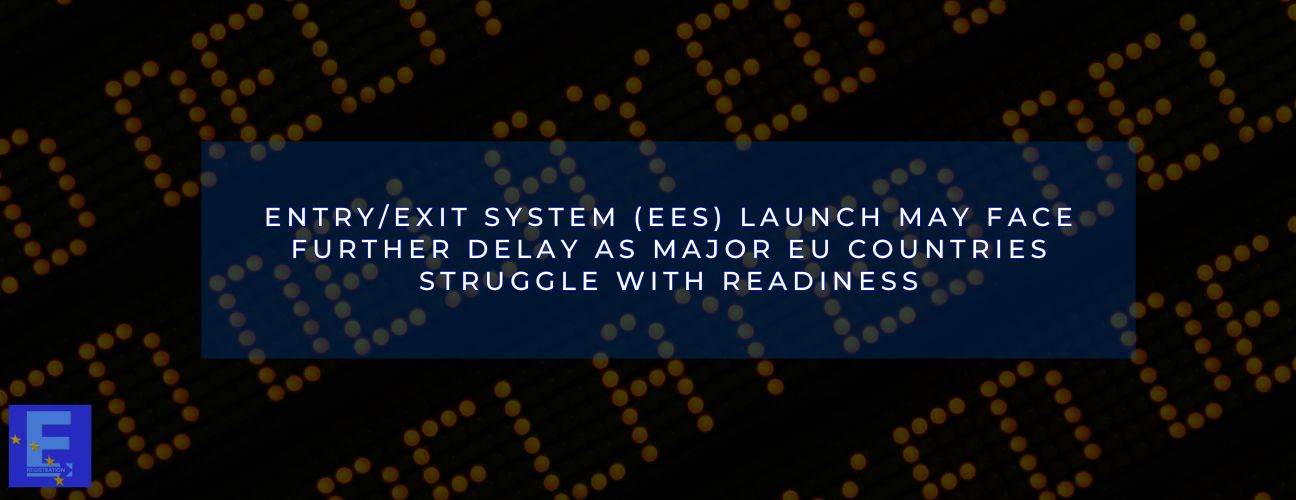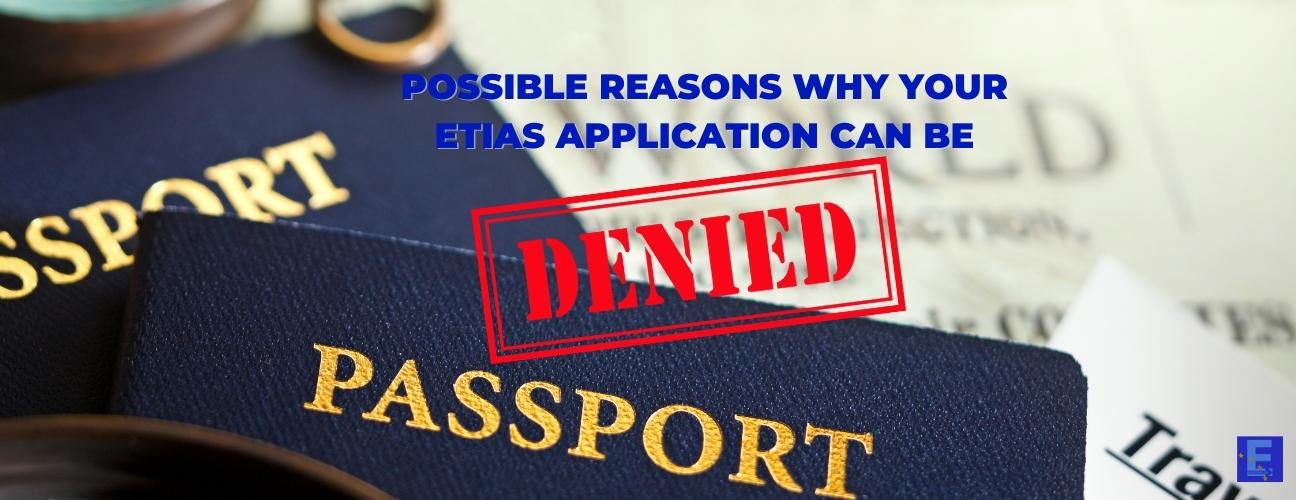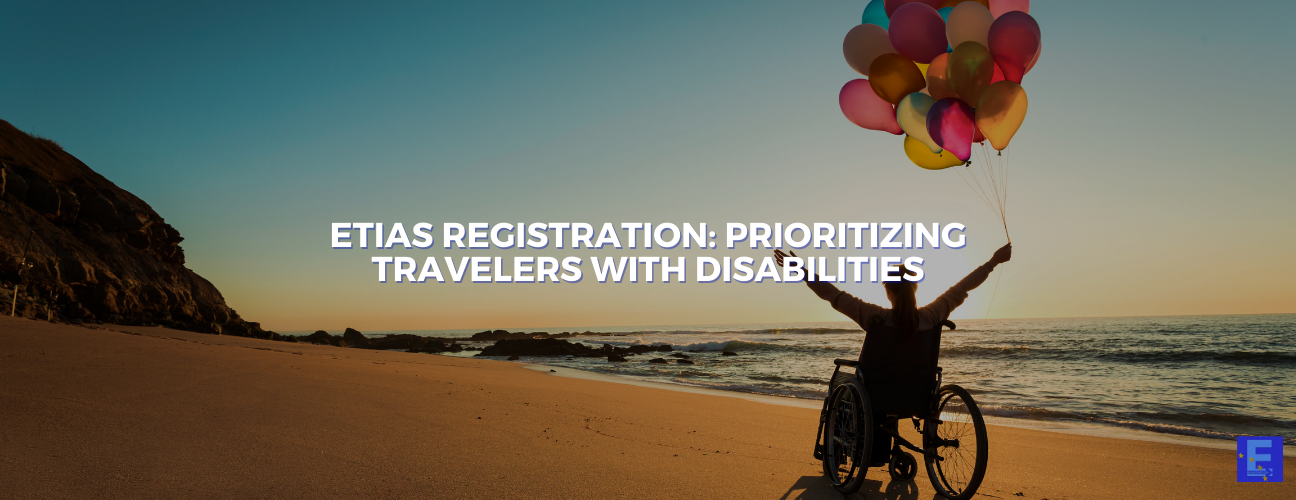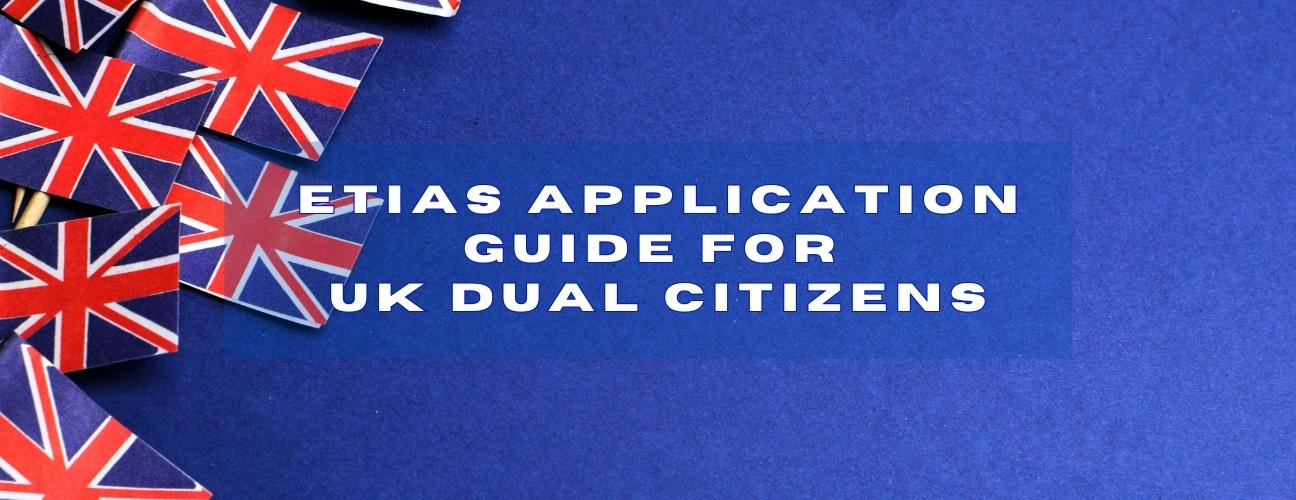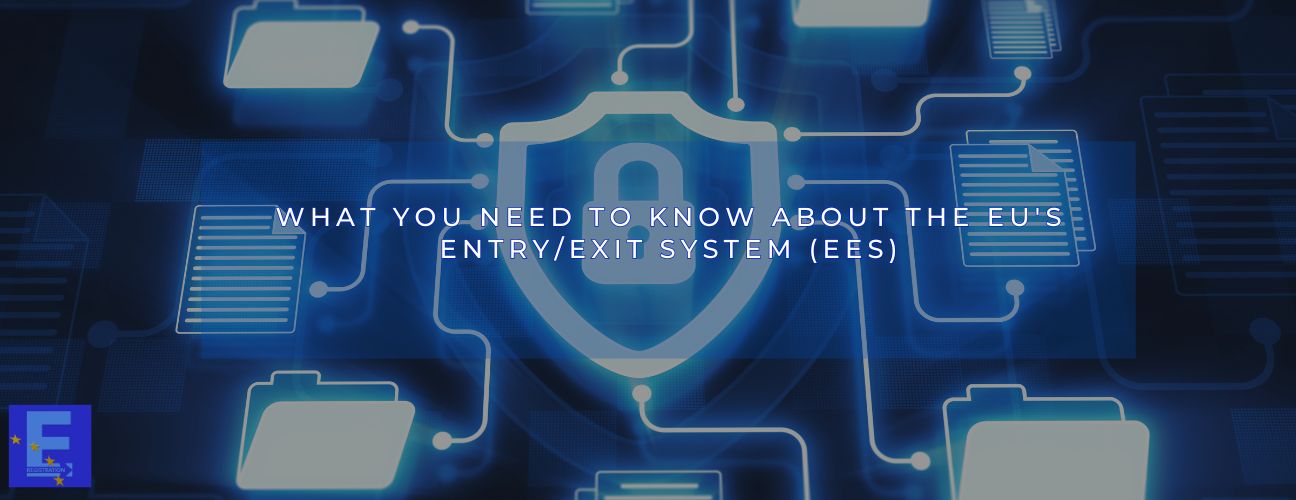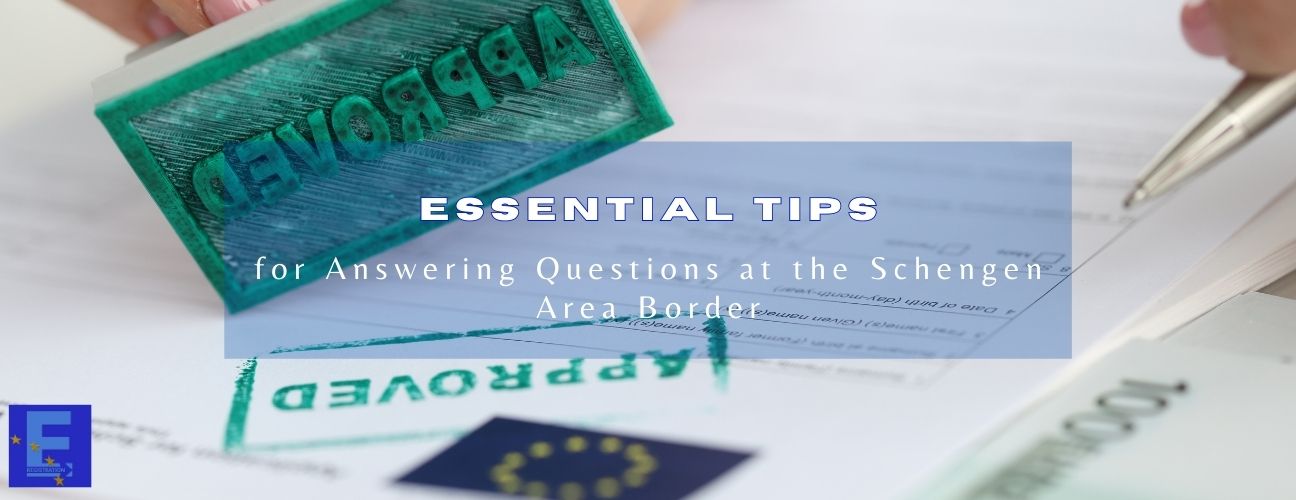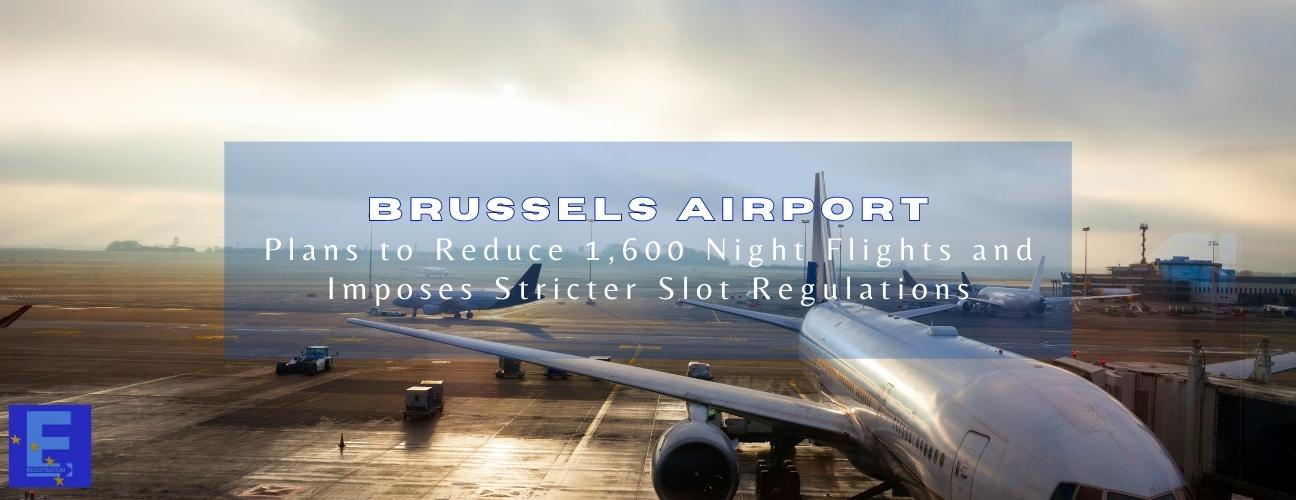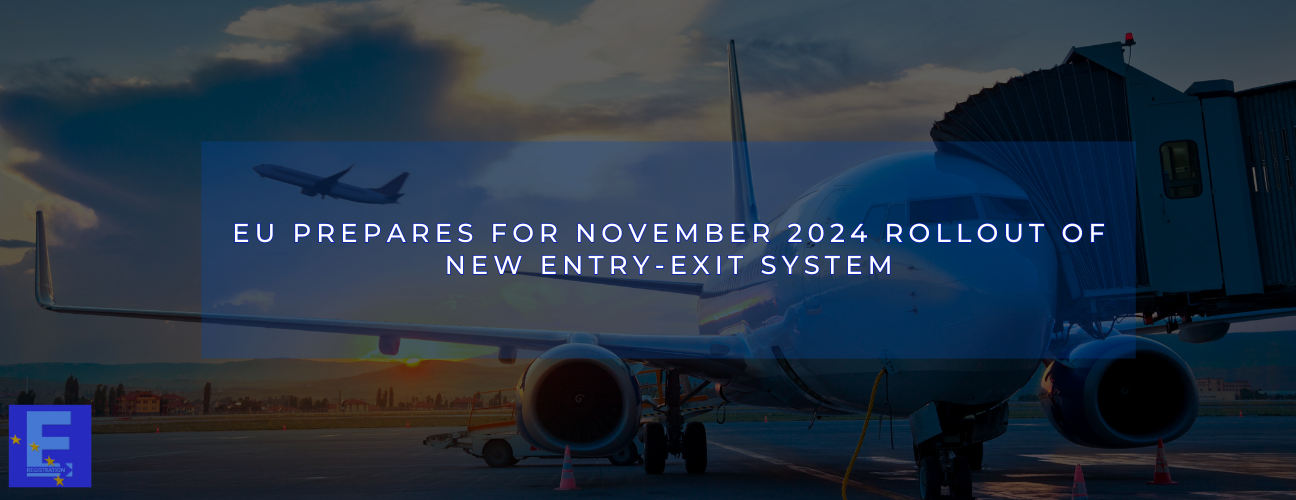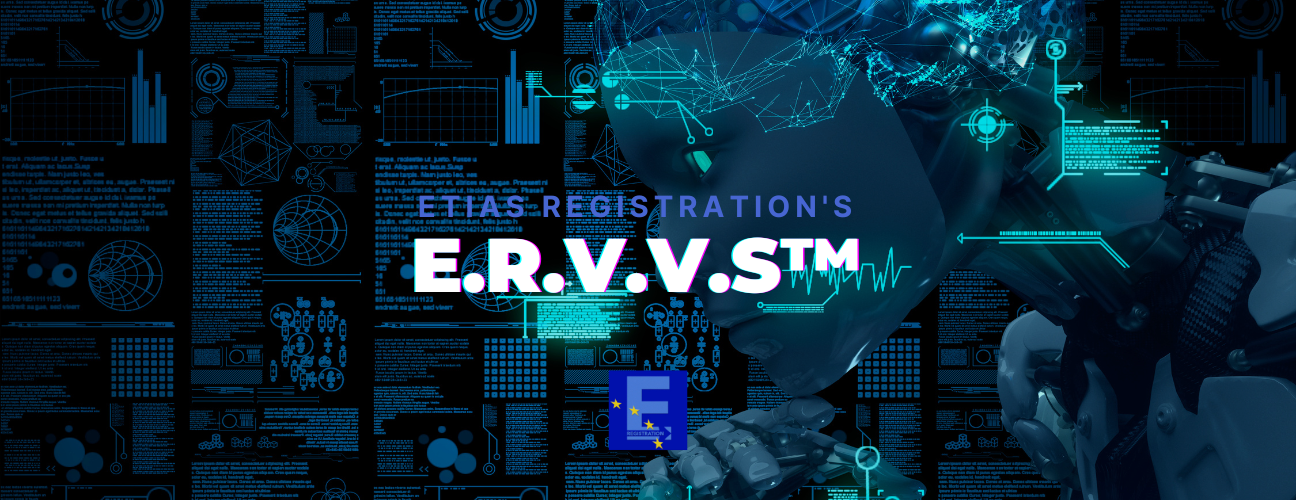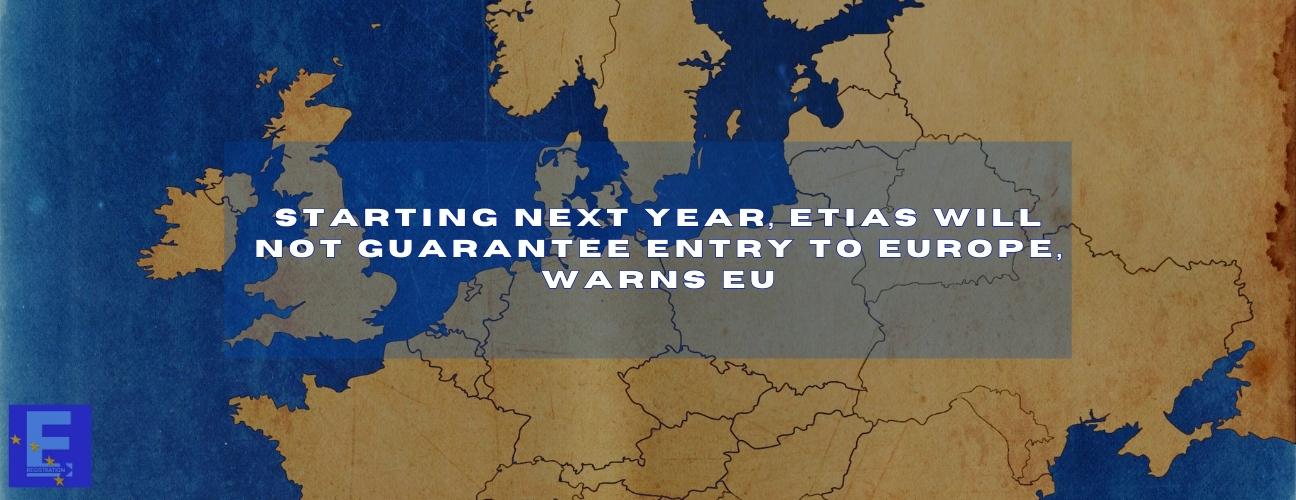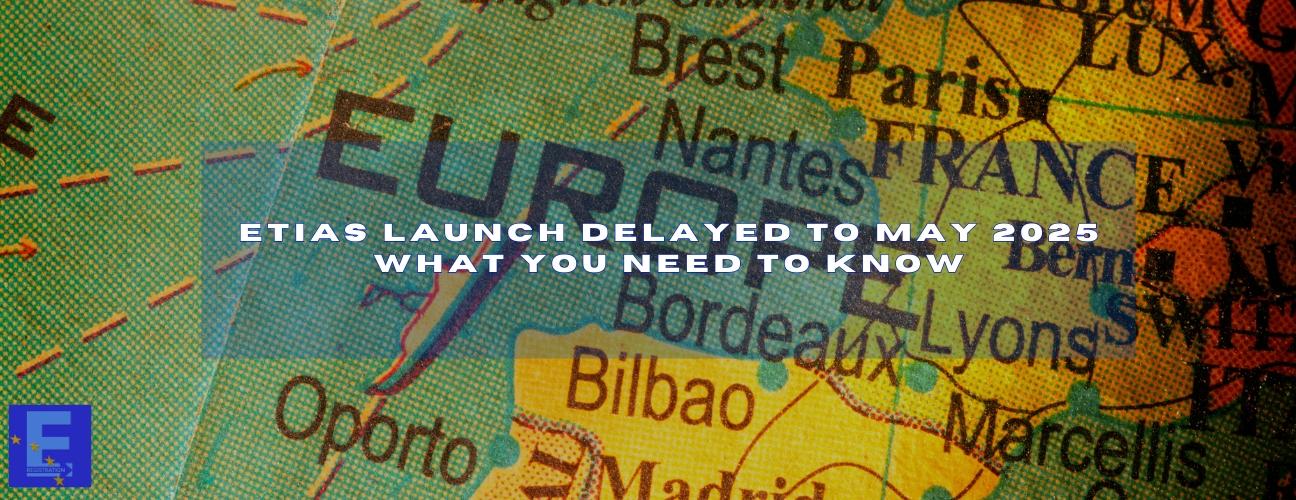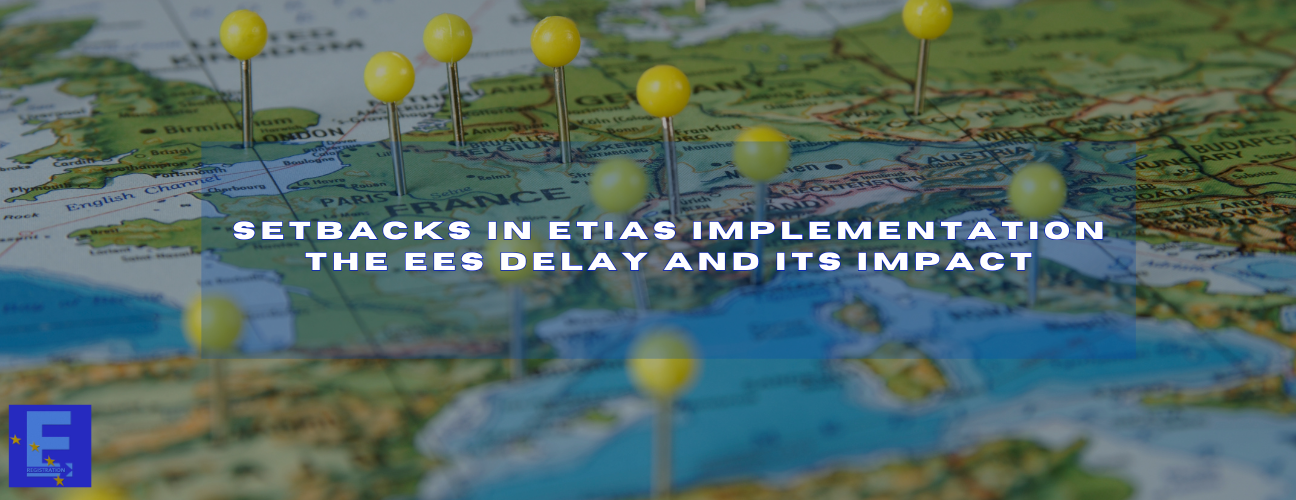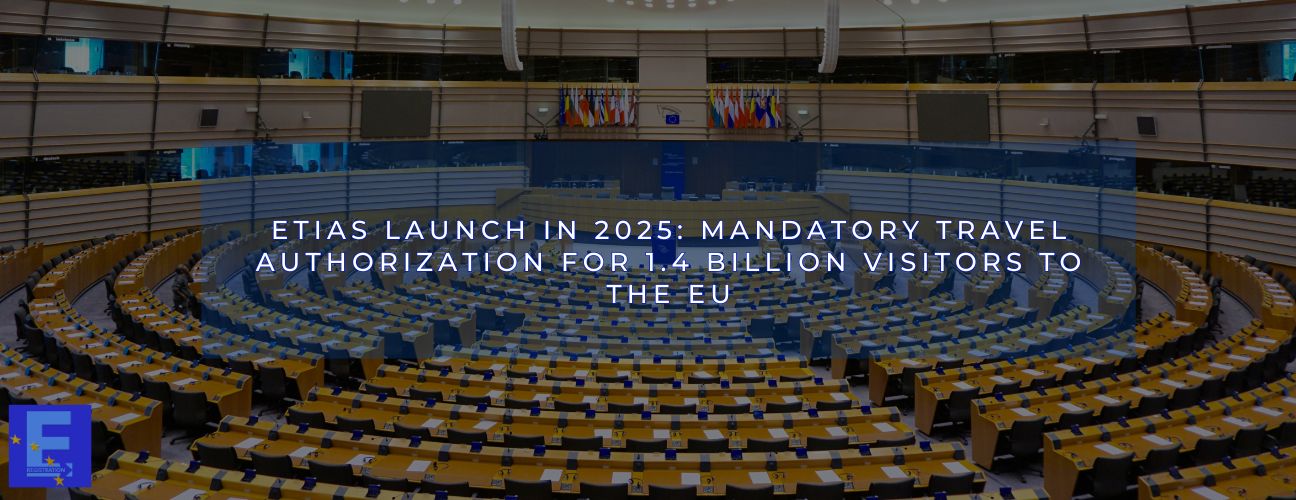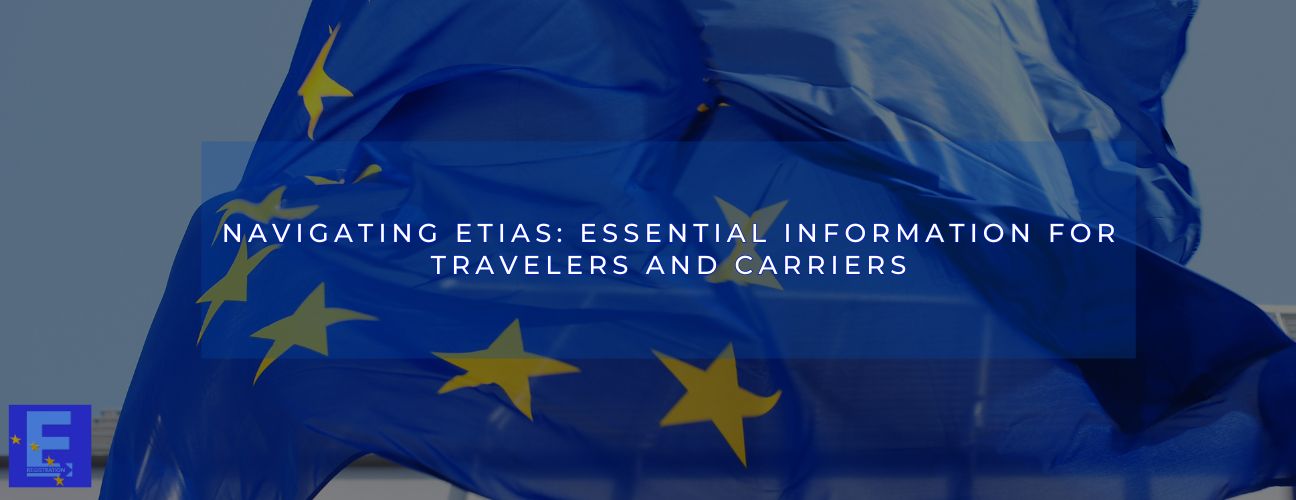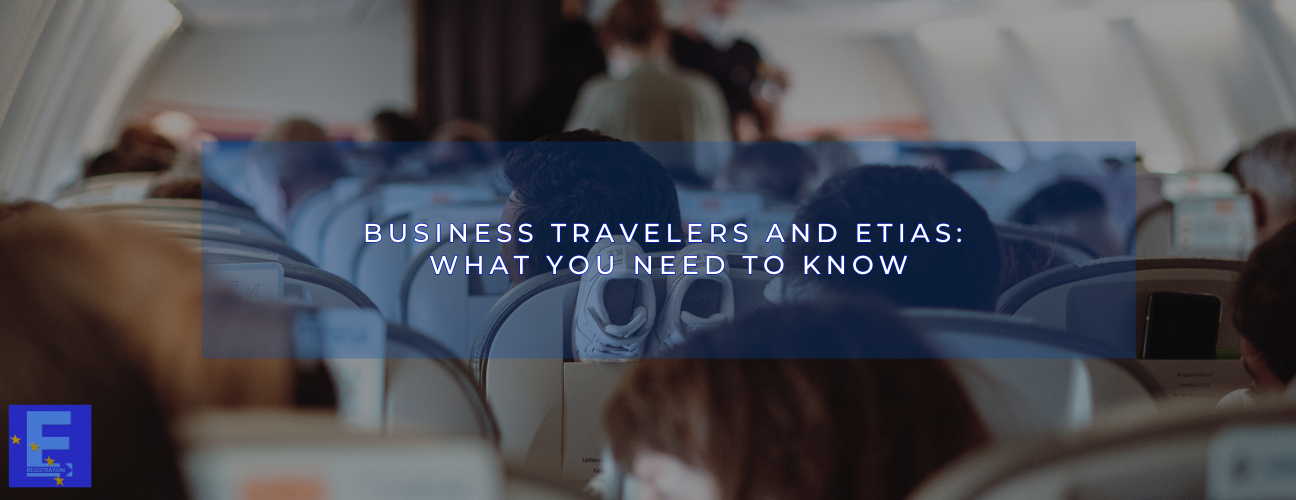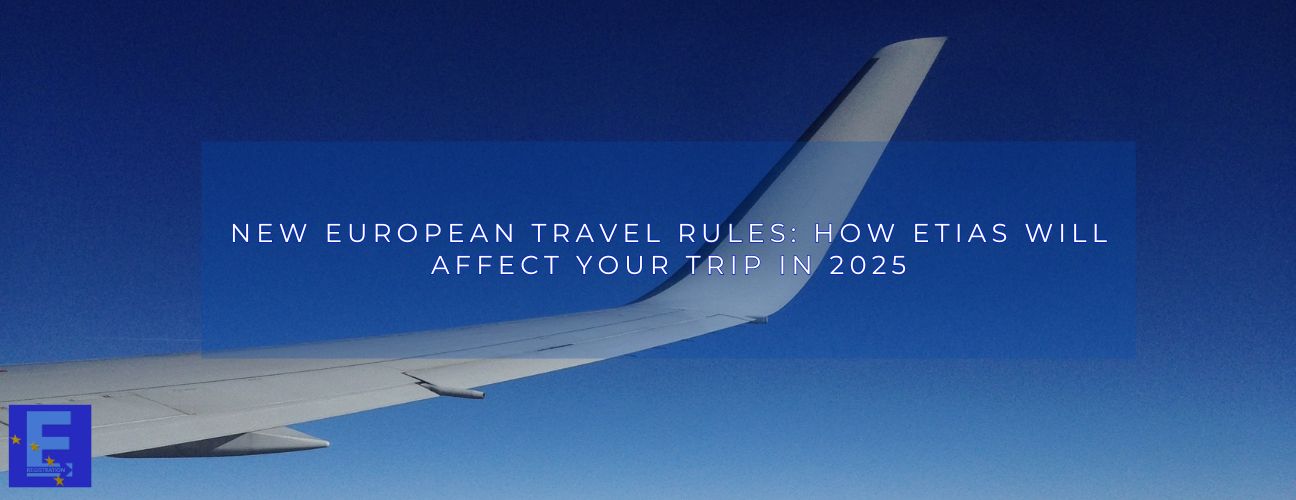As Europe continues to modernize its border management, two systems are at the forefront of this transformation: the European Travel Information and Authorization System (ETIAS) and the Entry/Exit System (EES). These systems are designed to work in tandem, ensuring that travel within the Schengen Area is both secure and efficient. Here’s how they complement each other to create a streamlined travel experience.
ETIAS: Pre-Travel Security Screening
ETIAS is a new requirement for visa-exempt travelers who wish to enter the Schengen Area. Set to become operational in 2025, ETIAS aims to enhance security by pre-screening travelers before they arrive at the border. The system requires travelers to complete an online application where they provide personal details, passport information, and answer security-related questions.
Once the application is submitted, ETIAS conducts an automated check against several security databases, including the Schengen Information System (SIS) and the Visa Information System (VIS). The goal is to identify any potential risks, such as links to criminal activities or overstays, before the traveler sets foot in Europe. Most applications are processed within minutes, and if approved, the traveler receives authorization to enter the Schengen Area for up to 90 days within a 180-day period.
EES: In-Country Monitoring and Border Control
While ETIAS handles pre-travel security, the Entry/Exit System (EES) manages travelers once they arrive in the Schengen Area. The EES is a digital system that tracks the entry and exit of all non-EU travelers, replacing the traditional passport stamping process with a more efficient and secure method.
When travelers cross a Schengen Area border, their biometric data—such as fingerprints and facial images—are collected and stored in the EES. The system records each entry and exit, allowing authorities to monitor the duration of the traveler’s stay and ensuring compliance with visa rules. This digital record helps to prevent overstays and enhances border security by providing real-time data on who is entering and leaving the region.
How ETIAS and EES Work Together
ETIAS and EES are part of a comprehensive approach to border management that combines pre-travel screening with in-country monitoring. Here’s how they complement each other:
-
Enhanced Security: ETIAS screens travelers before they enter the Schengen Area, while the EES monitors their movements once they arrive. This dual-layered approach ensures that potential risks are identified early and managed effectively.
-
Streamlined Processes: By automating border checks and replacing manual passport stamps with digital records, the EES reduces wait times and enhances the overall travel experience. Meanwhile, ETIAS simplifies the entry process by allowing travelers to obtain authorization online before their trip.
-
Data Integration: Both systems are integrated with other European security databases, allowing for seamless data sharing and improved coordination between border control authorities. This integration ensures that border security is both comprehensive and efficient.
Conclusion
Together, ETIAS and EES represent a significant advancement in how Europe manages its borders. By combining pre-travel security screening with real-time in-country monitoring, these systems provide a safer and more efficient travel experience for everyone. As Europe continues to roll out these initiatives, travelers can look forward to a more streamlined and secure journey through the Schengen Area.
